Sasaya Iori’s Dorayaki: the Original Dorayaki
Beloved by kids and adults, dorayaki is one of the most common and iconic Japanese confections. These pancake-like goodies have numerous kinds of fillings, but red bean paste is by far the favorite. However, today’s dorayaki and the original dorayaki are very different! Sasaya Iori of Kyoto has sold the traditional type of dorayaki in their store for more than 200 years.
The Evolution of the Dorayaki
Unsurprisingly, pinning down the exact origin of beloved treats like this is extremely difficult. While we can trace modern dorayaki to 1914, however, the roots of dorayaki itself go back much further.
Folk legend gives us one of the earliest mentions of dorayaki is in a tale about the famous samurai, Benkei. The story goes that Benkei was recovering from serious injuries at the home of an elderly couple. While there the couple cooked Benkei a small cake on a dora (gong). Indeed, this method of preparing dorayaki on a gong does appear to be authentic and is likely where the name of the dish comes from!
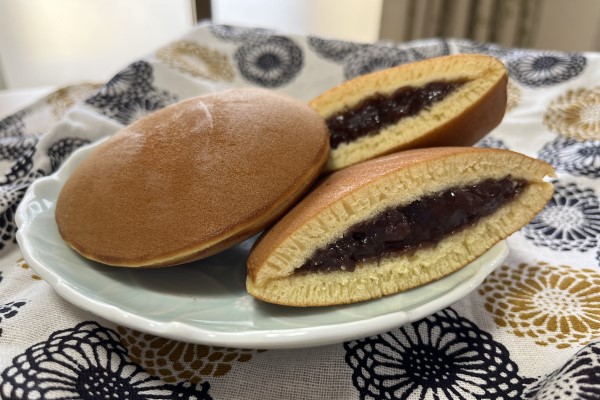
Honestly, there is so much to say about dorayaki that we can’t possibly fit it all here! Expect a full entry dedicated to dorayaki at a later date!
Sasaya Iori’s Dorayaki
Dorayaki at Sasaya Iori
Sasaya Iori opened in Kyoto in 1716. At that time, they made their specialty, dorayaki, for monks at the nearby Toji Temple.
Sasayaiori only sold these treats on the 21st day of every month on the commemoration day of the temple’s founder, Kobo-daishi. Even today, Sasaya Iori’s dorayaki is available only 20, 21, 22nd of every month.
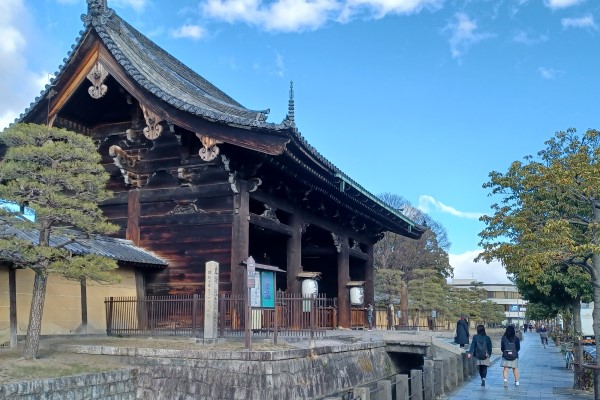
The main store of Sasayaiori is in Shichijo, but department stores throughout Kyoto have small Sasayaiori shops, like the Isetan in Kyoto Station. You can also buy online too but make sure to order before the 15th of every month!
Sasaya Iori’s Dorayaki
Rather than two round dome-shaped pancakes, Sasaya Iori’s dorayaki comes in one long tube-shaped, wrapped in a bamboo leaf. One dorayaki should serve about 2-3 people.
You can choose to remove the bamboo leaf first, but it is more authentic to cut the cake with the bamboo leaf still on; unwrapping it only just before you eat it.
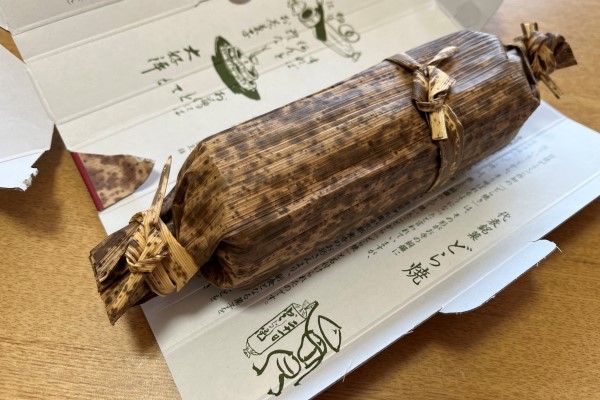
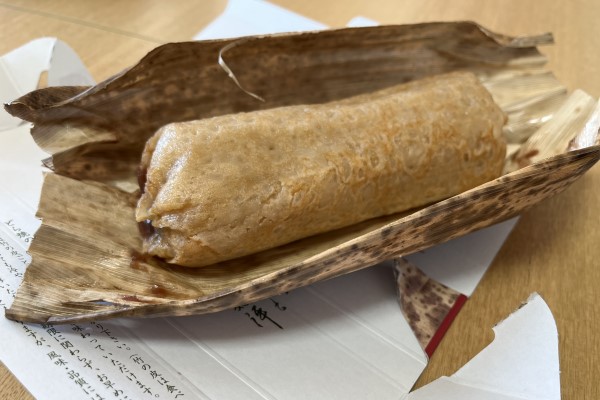
Once you cut into it, you will see how different Sasaya Iori’s dorayaki truly is!
The silky-smooth anko (red bean paste) sits in the middle of layers of an unusual crepe-like wrapper. This crepe layer is a bit chewy, and I suspect it is made by incorporating some kind of rice flour. That being said, it is not nearly as chewy as mochi. Much like other Japanese confectioneries, it is mildly sweet.
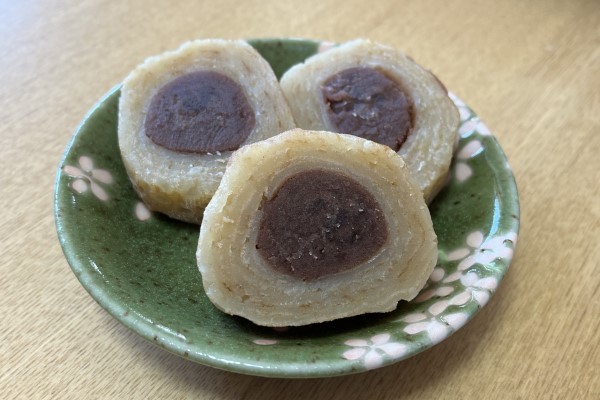
It is so different, I almost can’t believe it’s dorayaki! It was so much fun to try something so different. Do not pass up a chance to get your own. Maybe even try to get both kinds of dorayaki and see which one you like most!
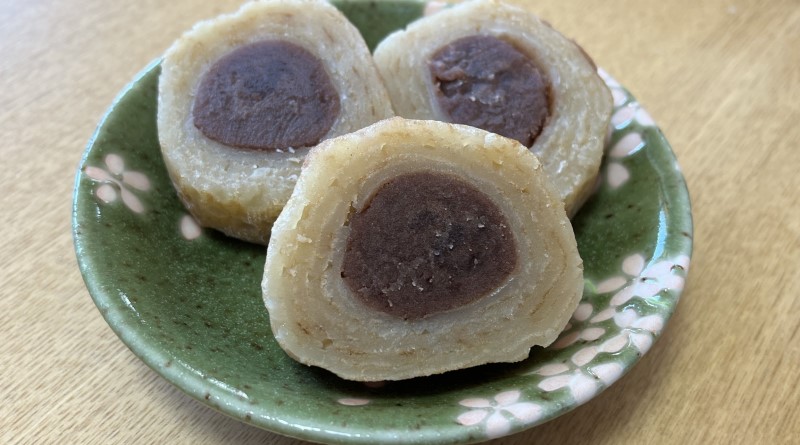
Leave a Reply